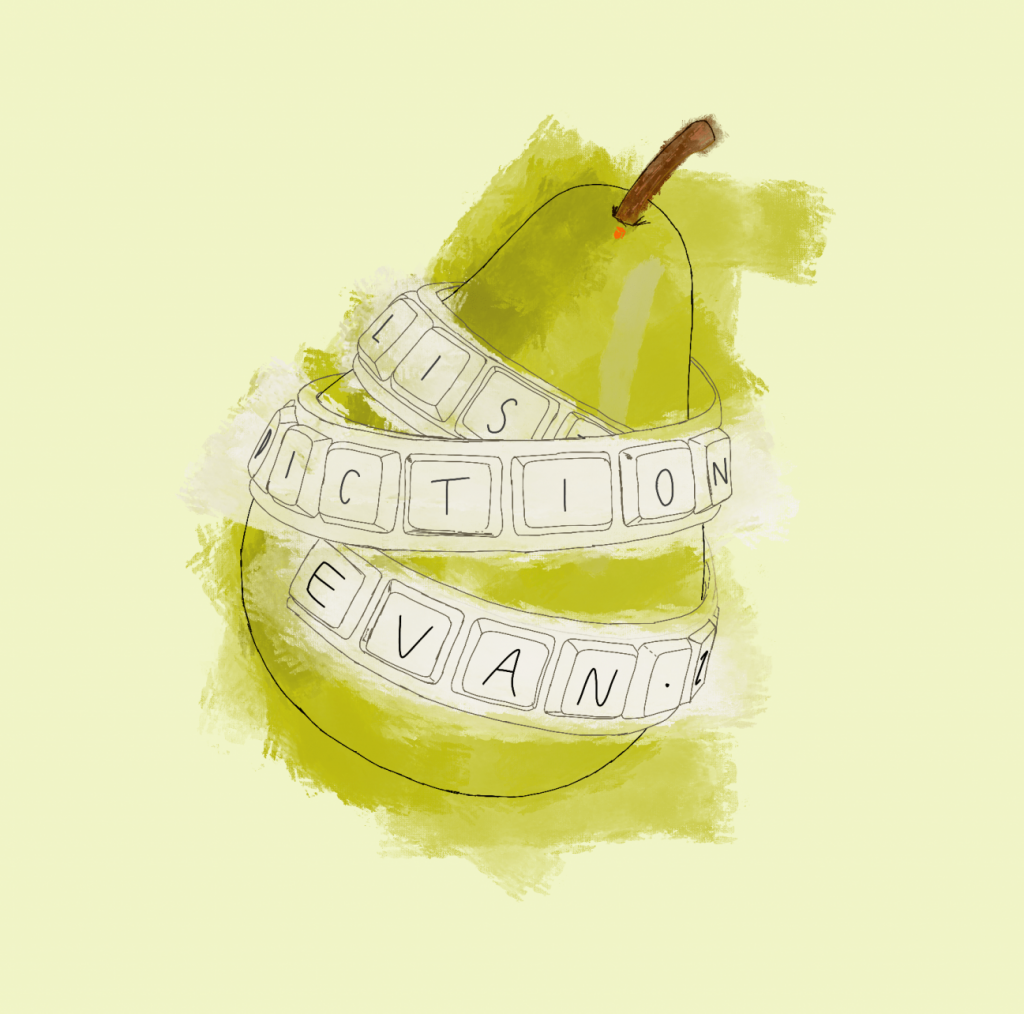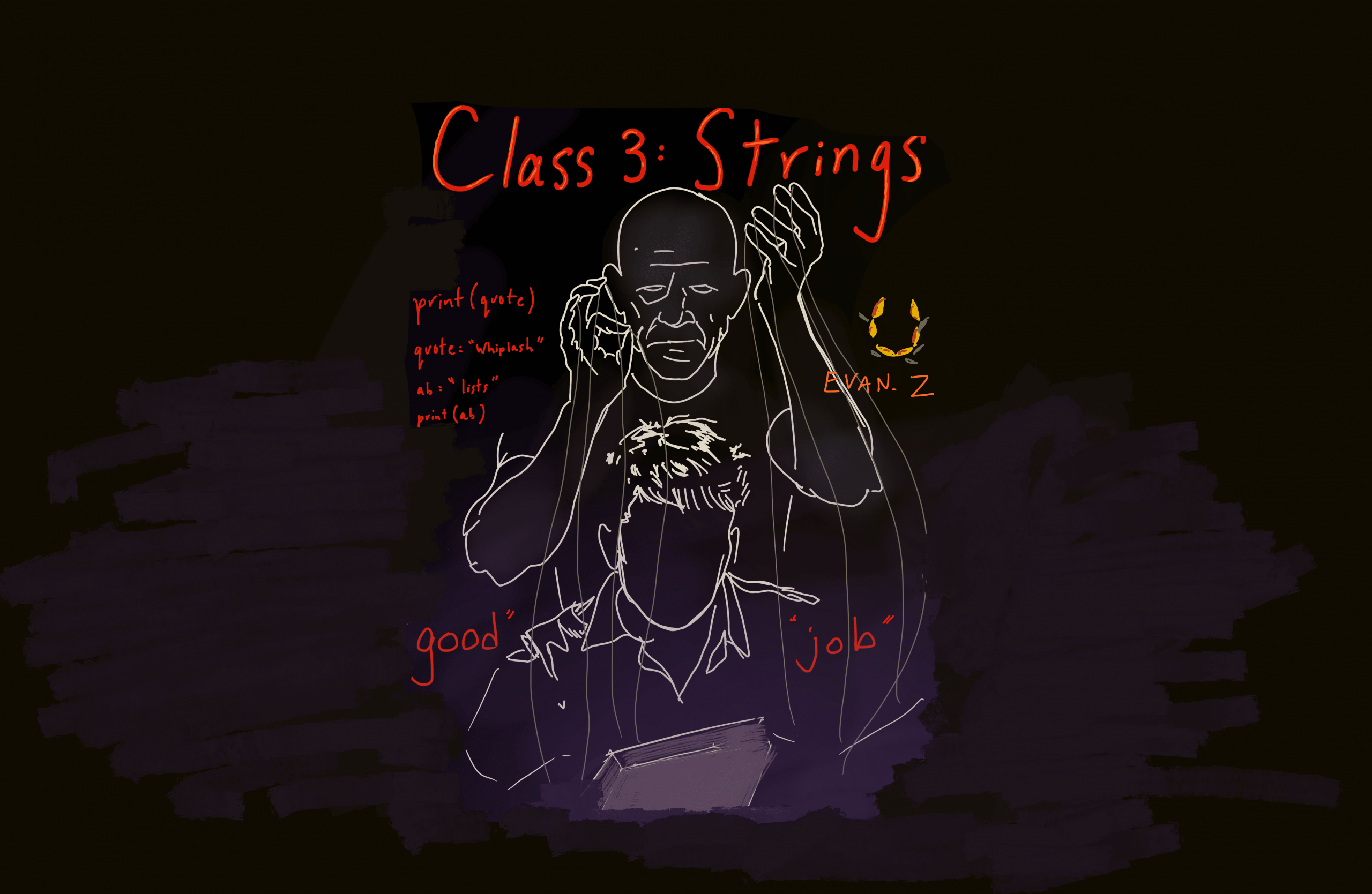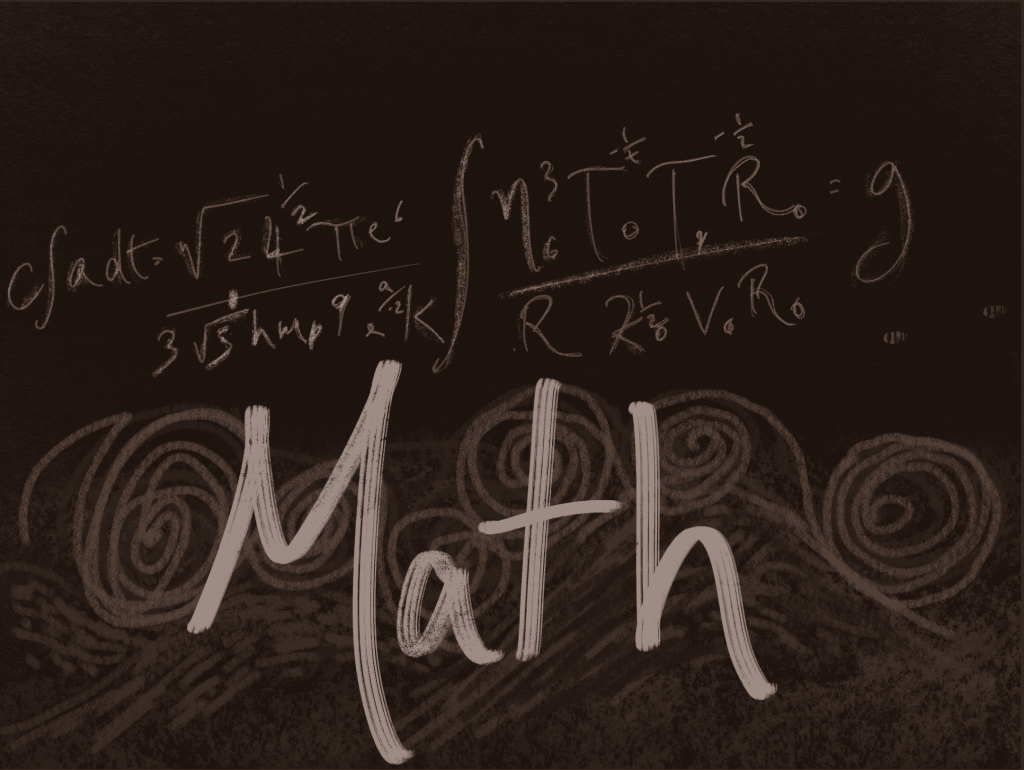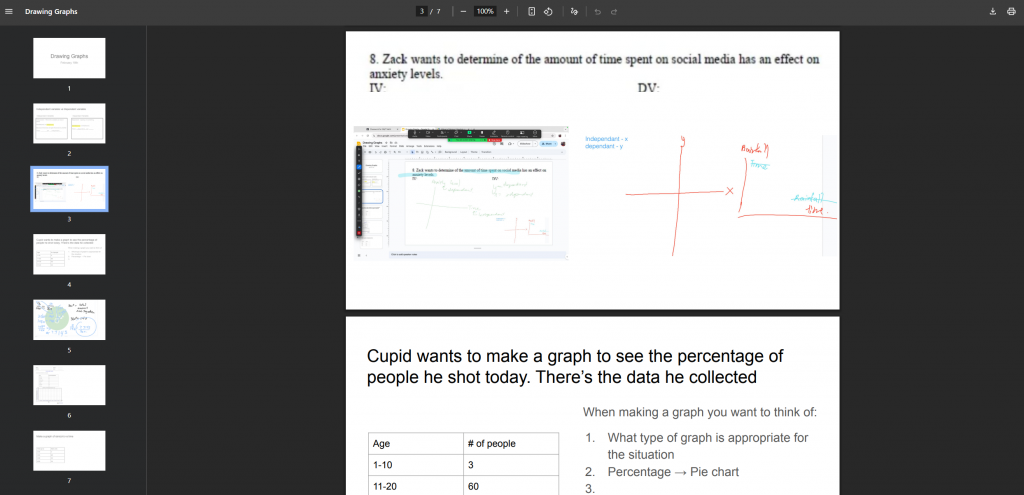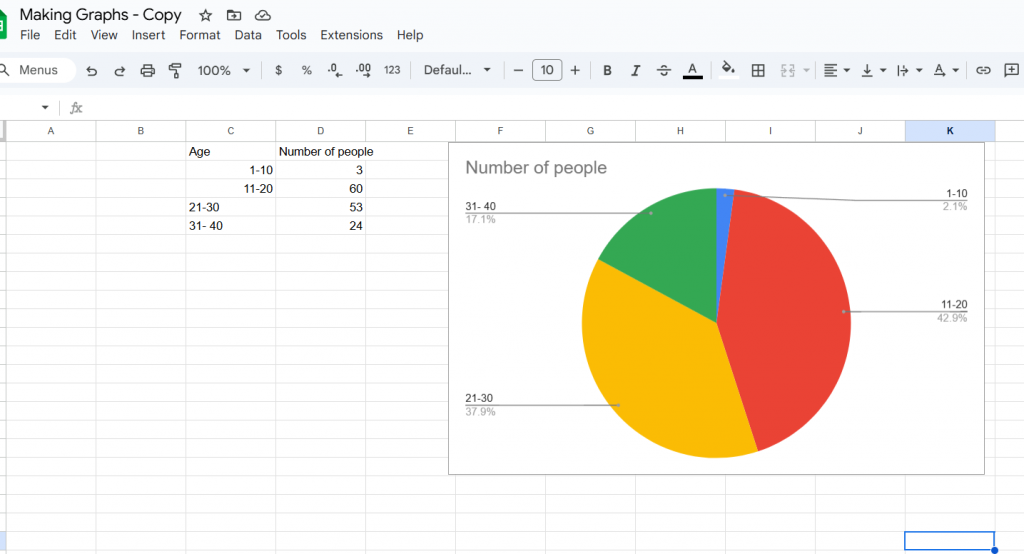Scratch and GDevelop – Space Shooter
Space Shooter SCRATCH
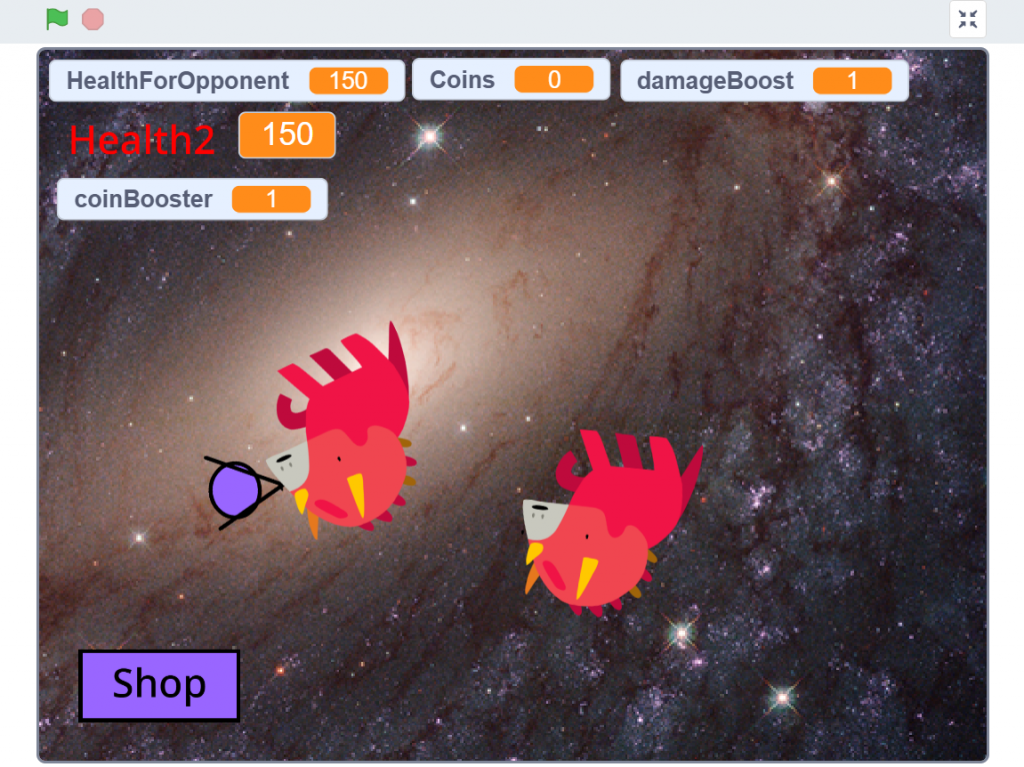
Shooting Triceratops in Space?
Somehow, Triceratops have returned into space and it’s now your job to shoot them, or program them? Attack them to earn coins, upgrade stats and defeat them!
Loading the Game . . .
Learn to program a loading screen, with a shop button, play button and title screen. Also note:
- Health bar for opponents
- Coins counter
- Damage / Coin boosts


Custom Backgrounds and Pages
Create a customizable space background to set the game, and develop a shop where you can boost your damage and get and coin collection, all using SCRATCH.

